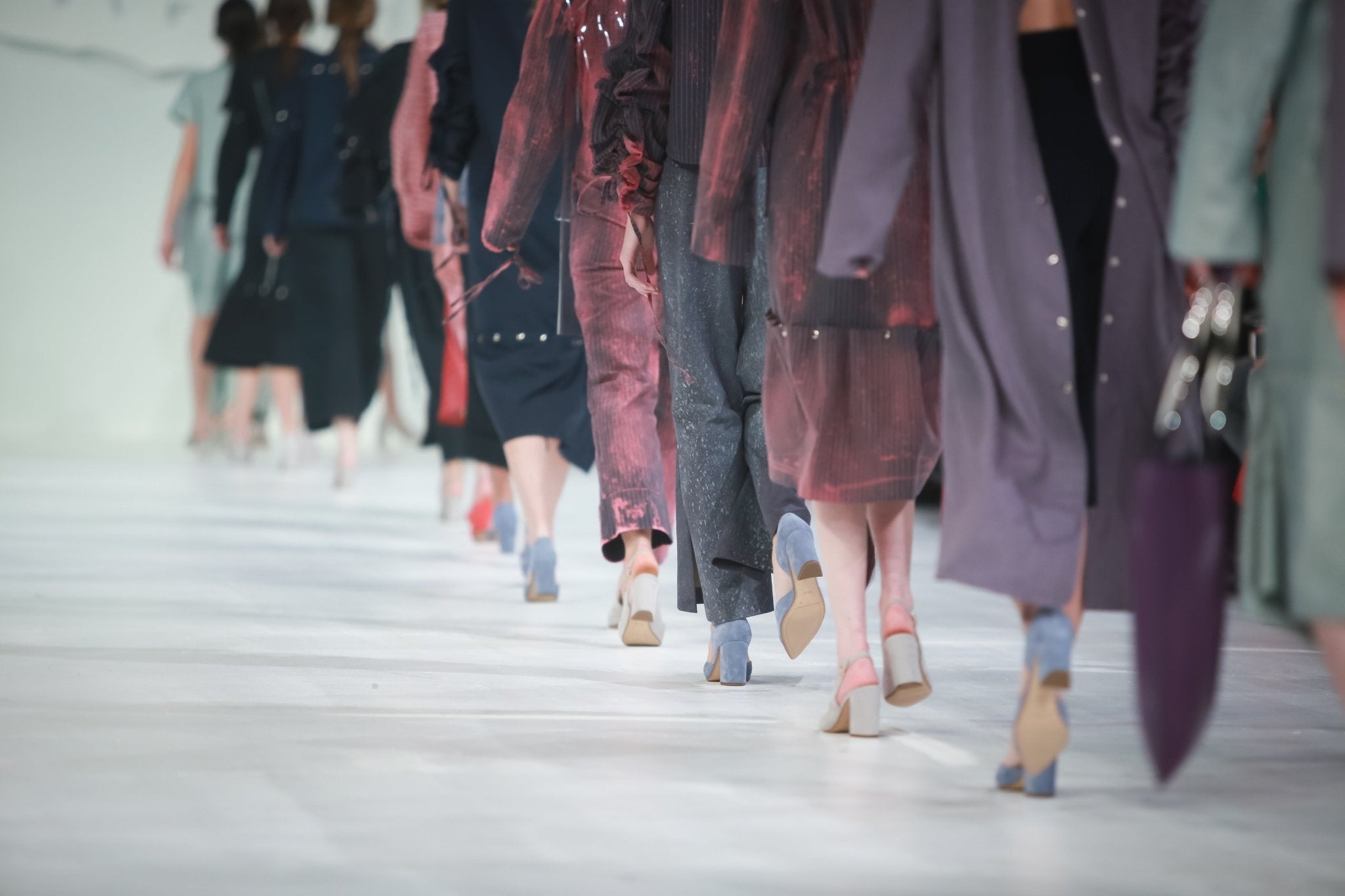
3 Fashion Brands Going Eco-Friendly
Fashion Week is an international event bringing together thousands who, each September, put on their best to watch the latest trends walk the runway. Many look up to these designers, and see the new trends as an art form or as a mode of self-expression. But the truth is, this industry takes a huge toll on our environment, as the world's second largest polluter, just below oil.
The industry is responsible for 18 per cent of global greenhouse gas emissions. Cotton production takes up 2.6 per cent of the world’s water use and is dependent on large amounts of pesticides and fertilizers. Most synthetic materials do not decompose and wool releases methane during decomposition. Meanwhile, nearly 13.1 million tons of textiles are trashed each year in the U.S. And only 15 per cent of it is recycled or donated.
But luckily, people are using their buying power to the world's advantage. With consumers becoming more conscious, retailers are realizing change is crucial. And while there’s still plenty of work to do to make this a sustainable industry, here are some companies embracing the green movement:
100 per cent recycled water standard – a first in the apparel industry - for all its products. What that means is the brand uses a recycling system that re-uses water for multiple cycles. When creating a batch of jeans, they are essentially put in the wash and bleached, dyed, then stone washed. The water is treated as usual, and then treated a second time to ensure it can be re-used for a second batch of jeans. The idea was piloted with 100,000 pairs of jeans - and saved 12 million liters of water. That’s the same as filling five Olympic-sized swimming pools.
As another move toward being eco-friendly, the company aims to make their clothing more durable, through slight modifications. They have been using laser processing to replace mechanical abrasion, which often degrades the garment’s strength. Levi's has also found ways to make buttonholes stronger and pockets more durable.
H&M
H&M launched Conscious Collection in 2011, with items made from organic linen, cotton, and silk along with recycled silver and nylon fibre, taken from fishnets. The collection also boasted its use of bionic yarn, which is created from shoreline plastics and can be used to create anything from T-shirts to evening gowns. Although just 26 per cent of H&M’s products are made from organic sources, they are still the largest buyer of organic cotton in the world. Additionally, recycling boxes are set up in stores across the globe, where people can bring in their old garments, regardless of brand or its state. That means everything from old shirts to sheets are welcome. The clothing is given over to company I:CO which re-uses old garments to sell second-hand or recycle. Since the boxes' arrival in 2013, H&M has collected 17,771 tonnes of textiles, which amounts to 89 million T-shirts.Levi’s
Knowing a single pair of jeans requires 2,000 gallons of water, Levi's created WaterZara
Zara’s parent company Inditex introduced its campaign Closing the Loop in 2016. Like H&M's recycling boxes, customers can drop off their old items and give them a second life. The company also aims to avoid sending anything to the landfill and to reduce carbon emissions by 15 per cent in 2020. Other companies who have committed to becoming more sustainable by 2020 include:- Adidas
- ASOS
- Eileen Fisher
- Target
- Reformation
What You Can Do
Devoting yourself to an entirely eco-friendly closet is certainly no easy feat, but there are steps you can take:- Buy local: That way, you'll know exactly where your garments are coming from
- Purchase staple pieces: Avoid fast fashion and buy versatile items you know will last a long time. Wear it more often and pair it with different outfits to create new looks every day
- Buy second-hand: You know what they say - one man's trash is another man's treasure. Chances are you'll find an item you will love in a second-hand shop. Alternatively, gather your friends and host a clothing-swap
- Repair your old items: Fixing a loose button, a ripped seam, or patching up an item is not as hard as you may think. Try fixing it first or find new ways to re-vamp it.
- Look for Eco-friendly brands: going green in their clothing processMore and more brands are so try looking for the labels that present that.
Would you like to be the first to hear about our new products and more? Sign up for our Nature’s Path Newsletter.








